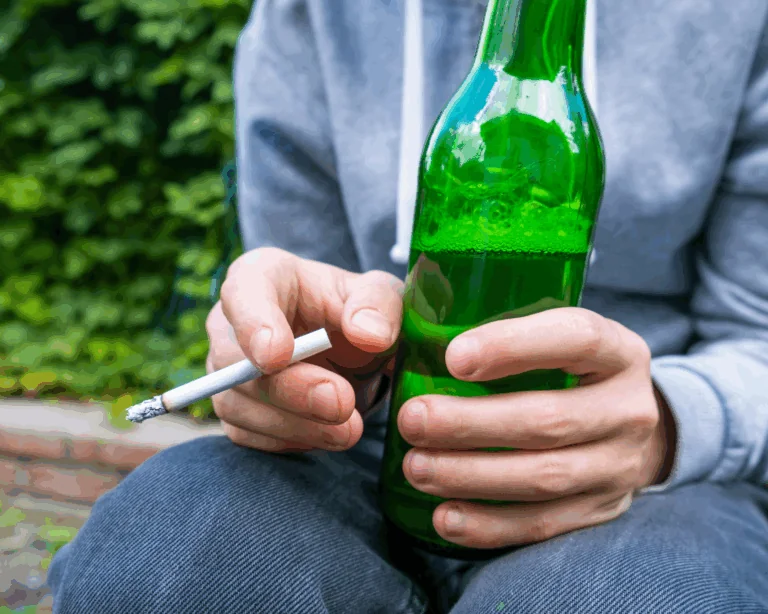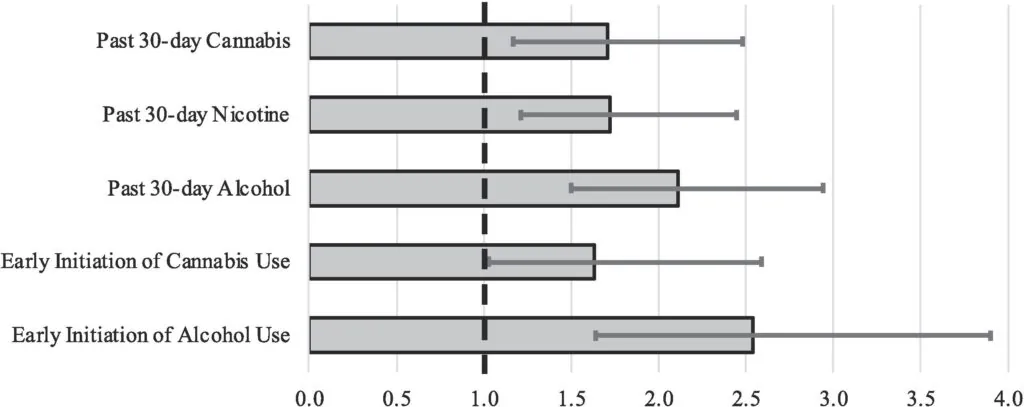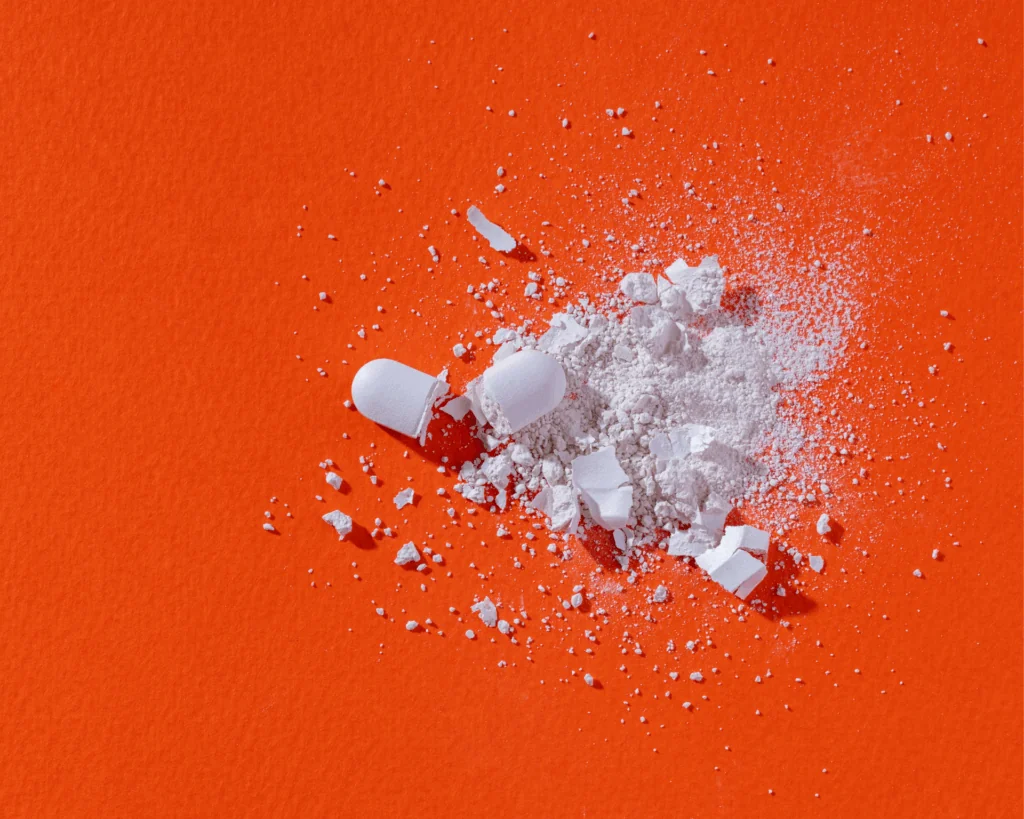How Family Incarceration Sparks Teen Addiction
Teens with a loved one in prison were 2.5 times more likely to drink alcohol and 1.6 times more likely to use cannabis than those without.

Read Time: 3 minutes
Published:
Though most conversations around addiction focus on adults, adolescents are a key demographic of those impacted. Schools have long recognized this reality, teaching drug education to promote prevention. Yet the numbers are sobering: nearly 50% of teens report experimenting with prescription or illicit drugs at least once in their lives. And annually, 1 out of 5 juvenile arrests in the United States is substance-related.
Many adolescents drink alcohol, vape e-cigs, and smoke cannabis. This usage is harmful because their developing brains are particularly susceptible to damage. Nicotine exposure raises the risk of future dependence, while alcohol use lowers inhibition and stimulates risk-taking.
The risk of addiction increases with adverse childhood experiences (ACEs). Experiences such as abuse, neglect, or household dysfunction trigger fight-or-flight and sustained stress during key developmental years. For instance, children who have a parent or close family member in jail may experience distress and instability, leading to poorer mental and physical health than their peers. When the trauma resulting from ACEs goes unaddressed, it can manifest into unhealthy coping mechanisms, including drug or alcohol use.
To understand how ACEs increase the risk of addiction, Myriam Forster and associates investigated the relationship between familial incarceration and substance use among high school students from California, Oregon, and Georgia. They surveyed 907 students aged 14-17 about their experiences of family adversity, incarceration of household members, drug use before age 14, and drug use in the past month.

Students with an incarcerated family member were significantly more likely to engage in both early and recent substance use. Those with a household member in prison were 2.5 times more likely to drink alcohol than other teens and 1.6 times more likely to use cannabis by age 14 than those without.
These teens were also more than twice as likely to have consumed alcohol and 1.7 times more likely to have used nicotine or cannabis in the past month compared to their peers. Importantly, the trends persisted even after considering other ACEs like parental substance use and mental illness.
While the study does not prove cause and effect, it reveals a clear connection between having a family member in prison and early drug use. Despite ongoing criminal justice reform, families who navigate the system without proper youth support struggle with ongoing hardship and instability. The researchers point to proactive prevention efforts that intervene earlier in adolescence—before drug dependence takes hold.
School programs that teach students how to manage peer pressure and debunk myths about drug safety can improve their decision-making abilities. Mentorship initiatives like Big Brothers, Big Sisters can provide consistent, positive role models to buffer the impact of ACEs and encourage healthy coping mechanisms. Beyond simply saying “just say no,” positive outreach from schools and communities to teens with a loved one in jail can help our youth build resilience and move away from risky choices.
This is the final piece in a three-part series on substance use disorder and treatment. Read part one and part two here.



